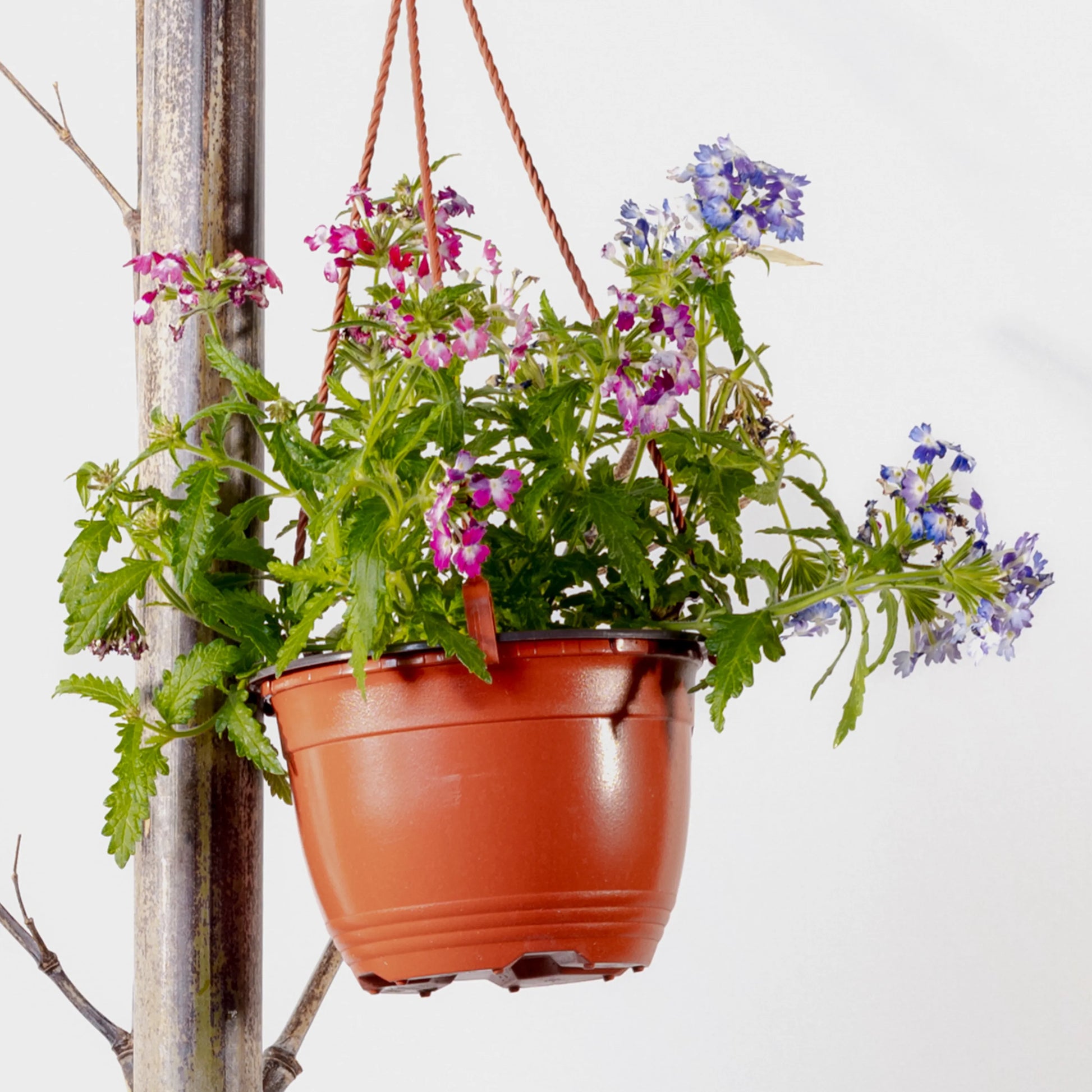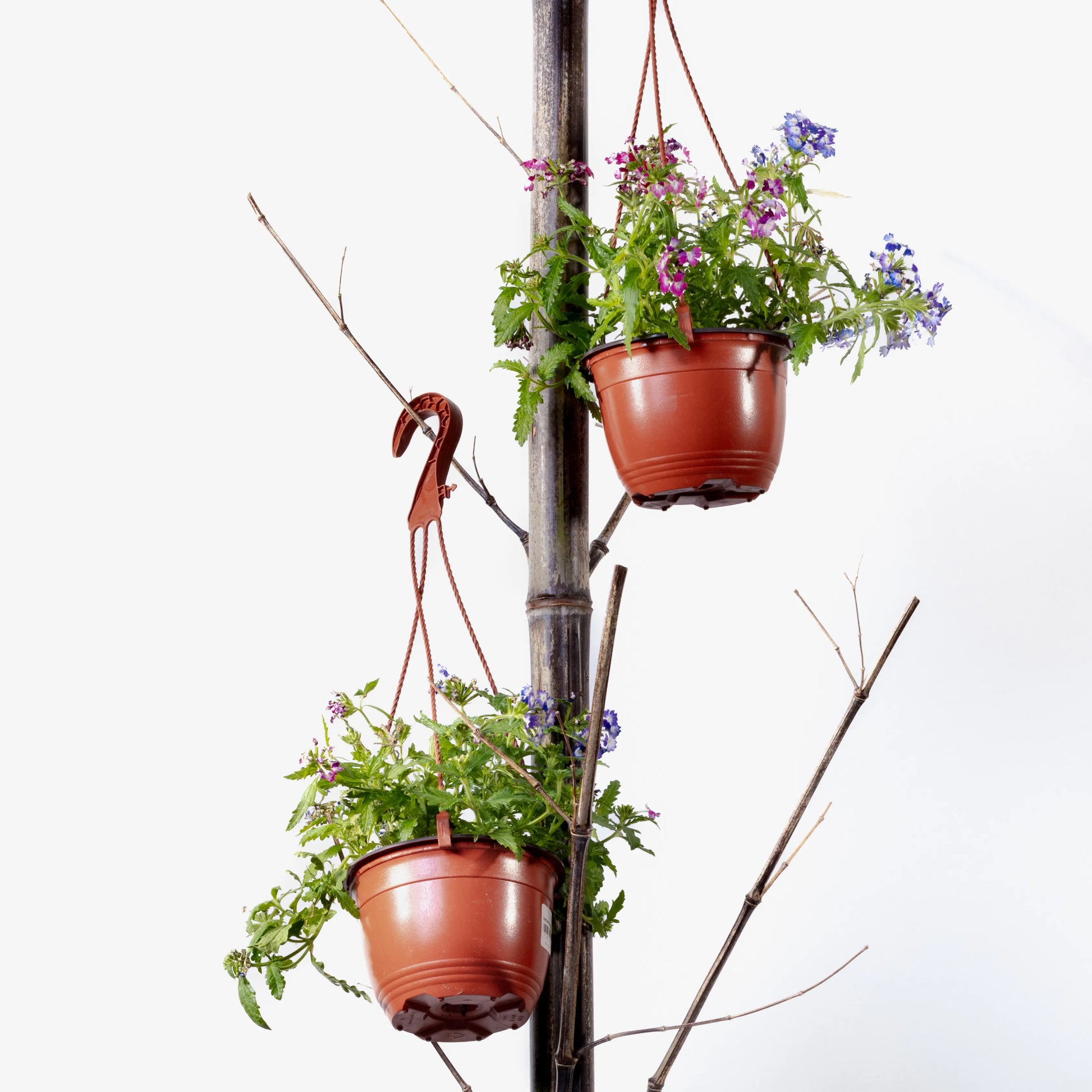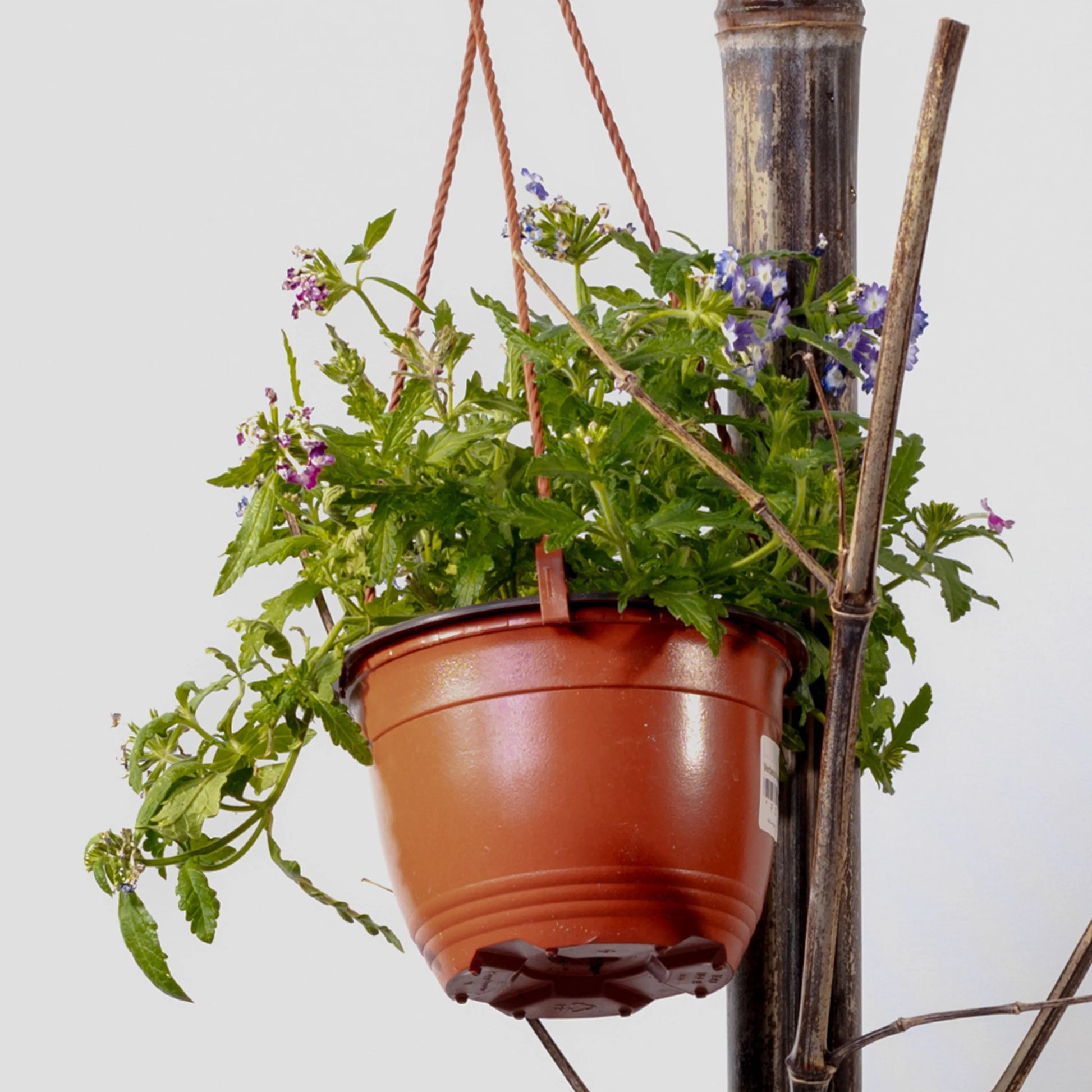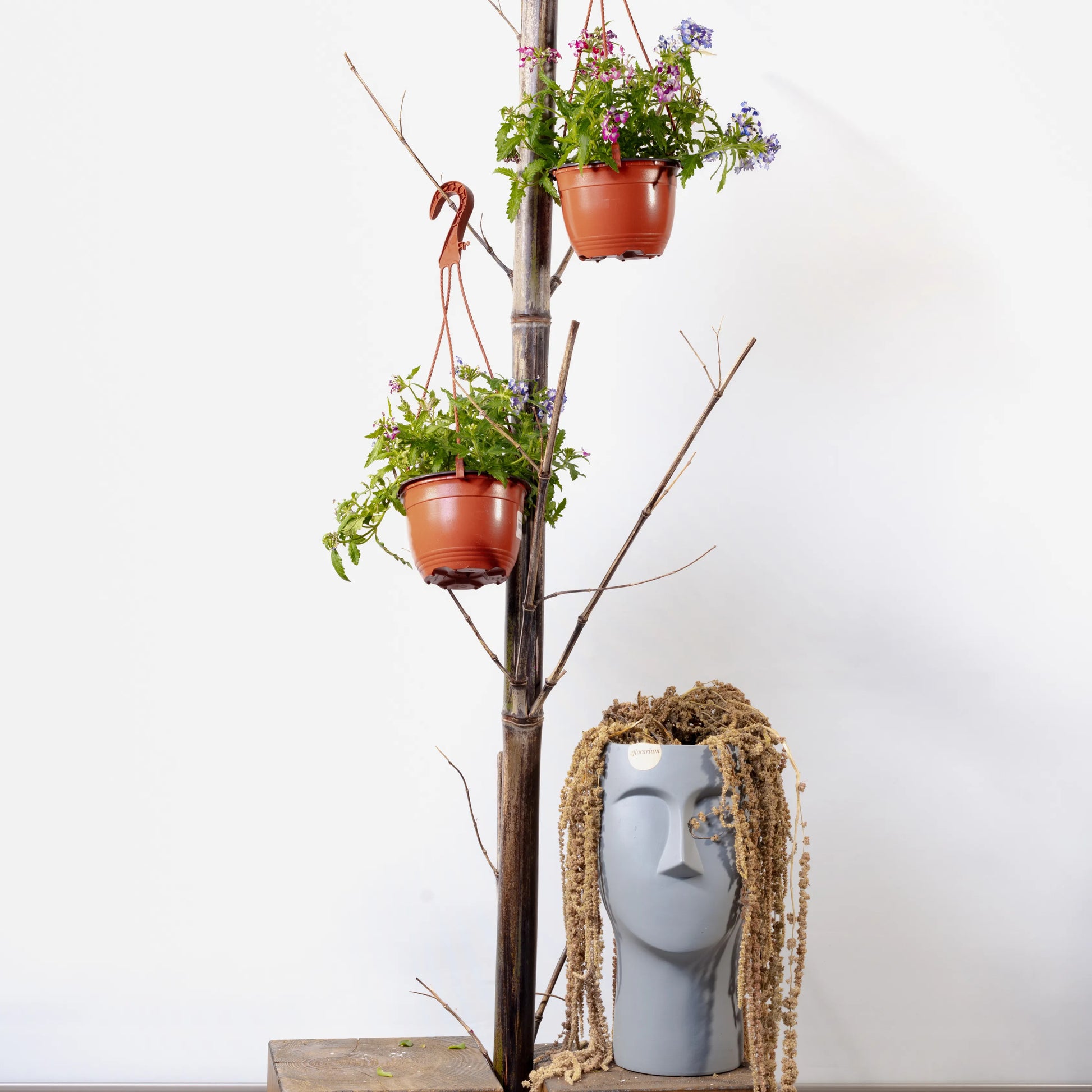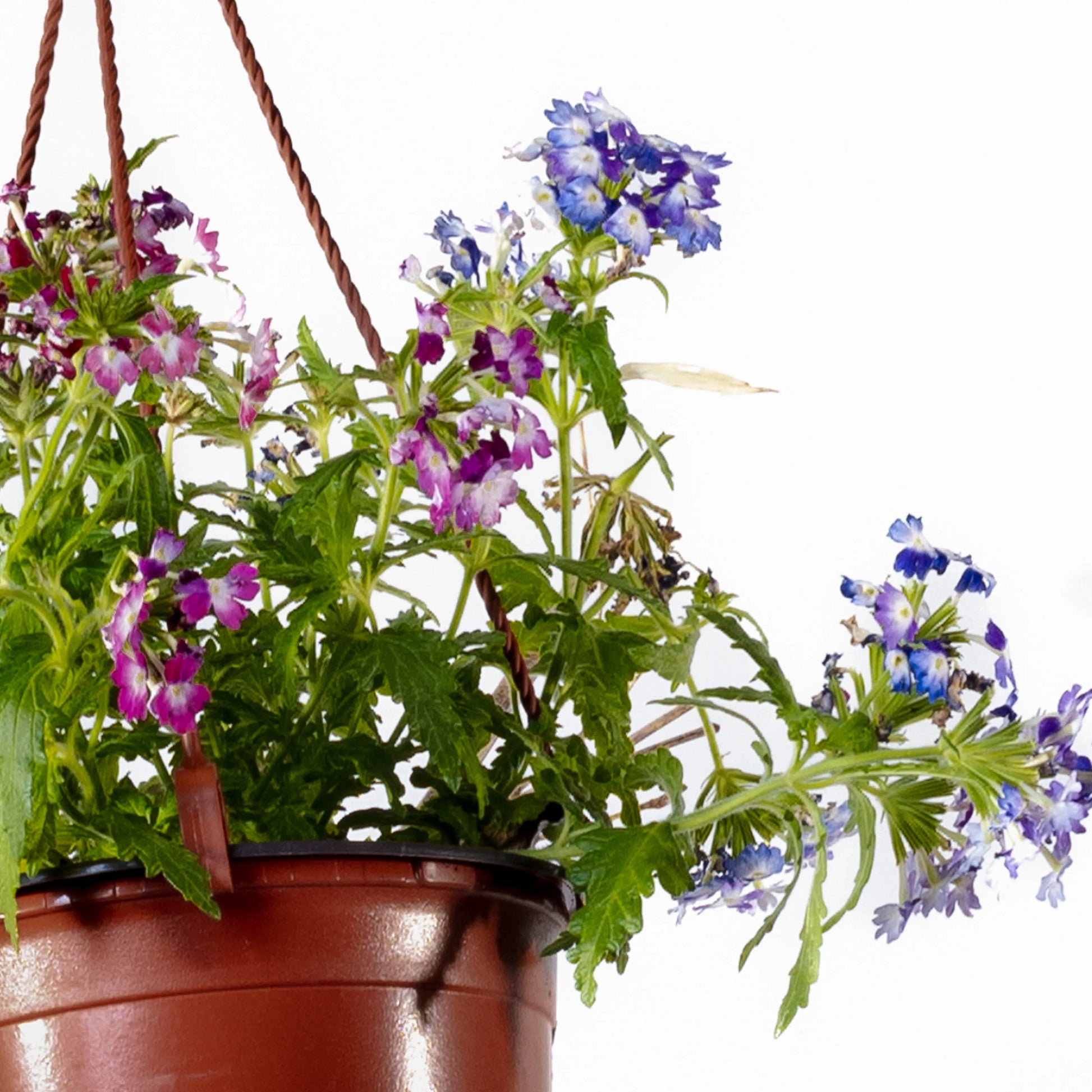Verbena Temari
Verbena Temari
Couldn't load pickup availability
A perennial herbaceous plant, originally from South America, but currently found only in our territory. When cultivated as an ornamental plant and in ideal conditions, Verbena can grow up to 1 meter in height. Its attractive flowers fill flowerbeds with color during the summer and part of the autumn. With a rough but elegant appearance, verbenas are easy to grow and care for, making them a great option for Mediterranean-style gardens and rock gardens. They do not need much water, but they cannot tolerate permanent moisture in the soil, so they require good drainage.
Difficulty Care
Difficulty Care
Average
Ideal Temperature
Ideal Temperature
Native to North America, Asia, and Europe, verbena temari is a hardy plant. While it can survive in temperatures between 14 and 19℃, it prefers temperatures between 20 and 26℃ to encourage an abundance of blooms.
Watering
Watering
Verbena is a plant that thrives in moderately humid conditions, originating from regions with evenly distributed rainfall. Its water needs are relatively balanced, without favoring extreme dryness or excess moisture. Weekly watering is sufficient to meet its needs.
Light
Light
In order for the small clusters of flowers to maintain their vibrant pink, yellow, and purple colors, verbena needs plenty of sunlight. While it can grow in slightly shaded areas, it is recommended that verbena receive at least six hours of sunlight per day. Any less and the flowers may fade in color.
Soil
Soil
While verbena isn’t very picky about the type of soil it grows in, it does need to be well-drained. For example, a loamy soil with a pH value of 6-7 (slightly acidic) would be absolutely ideal. If possible, choose a fertile, nutrient-rich soil, but not a heavy soil, such as clay.
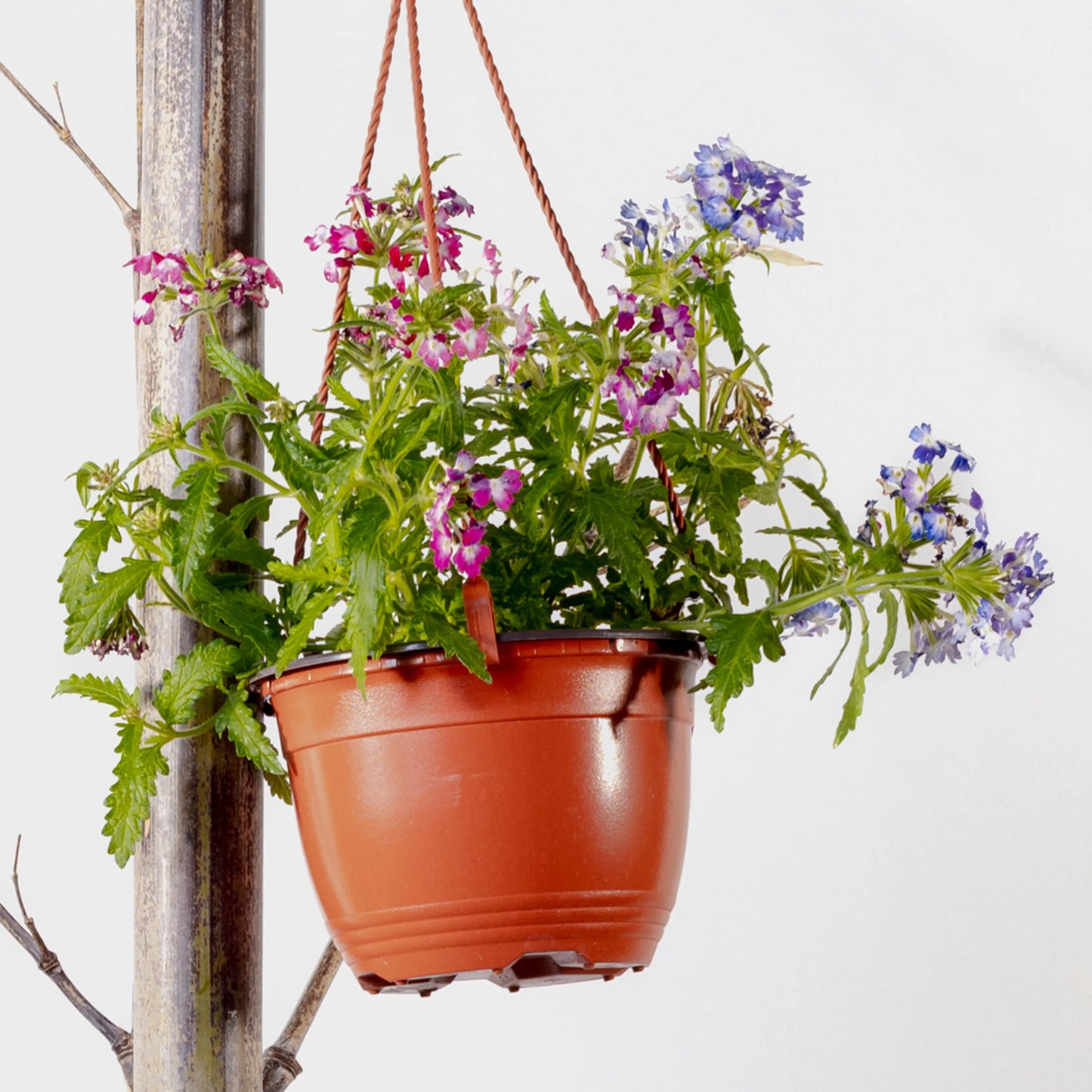
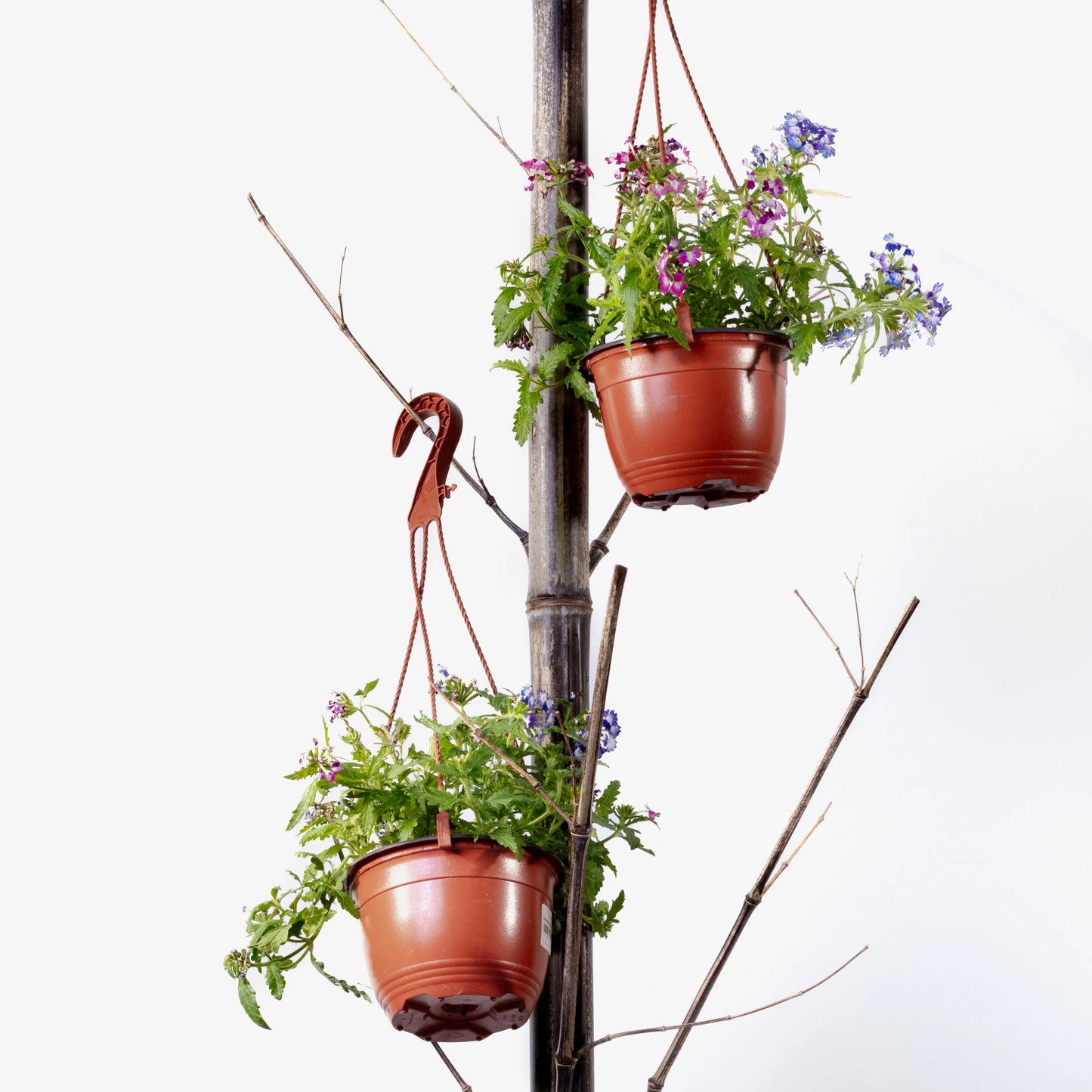
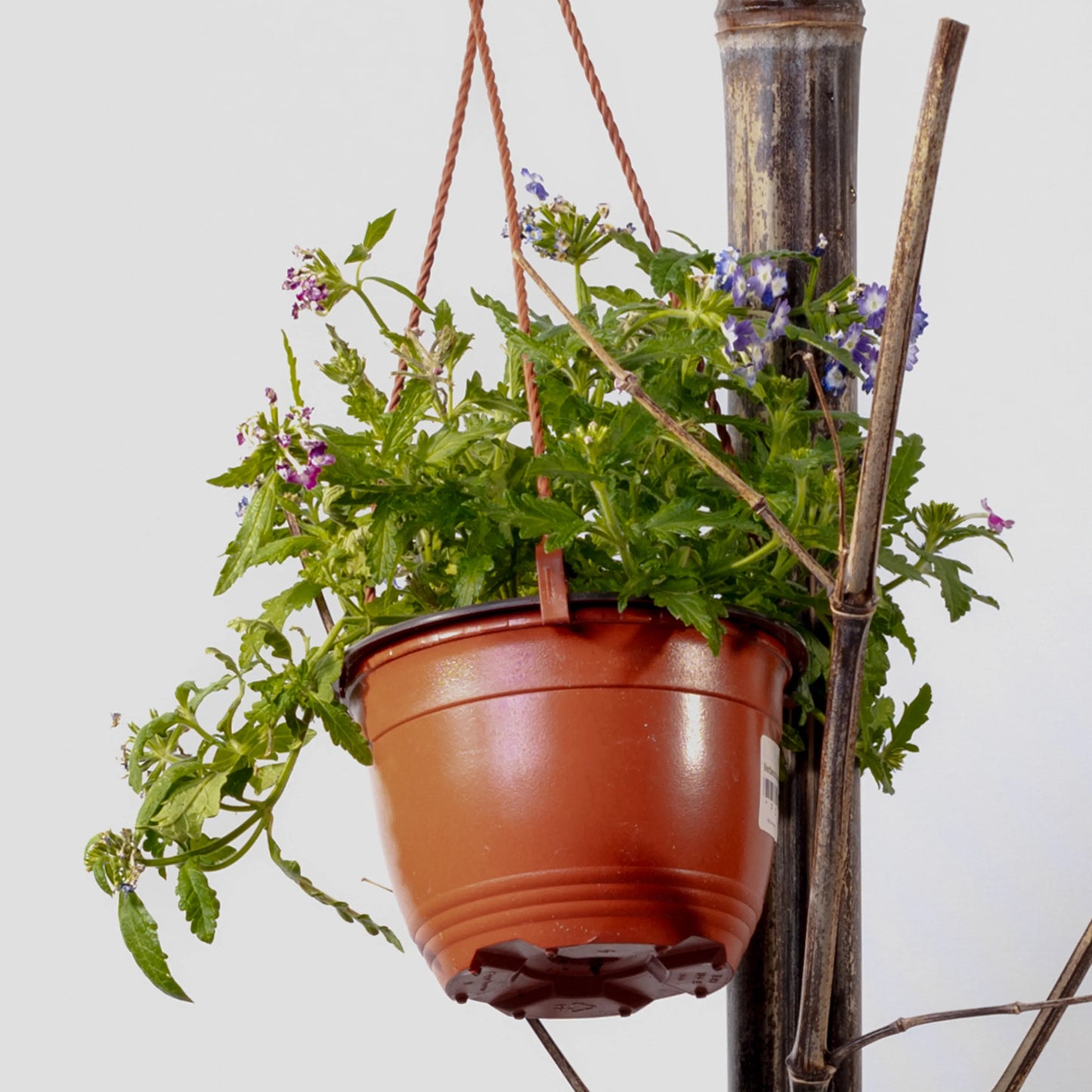
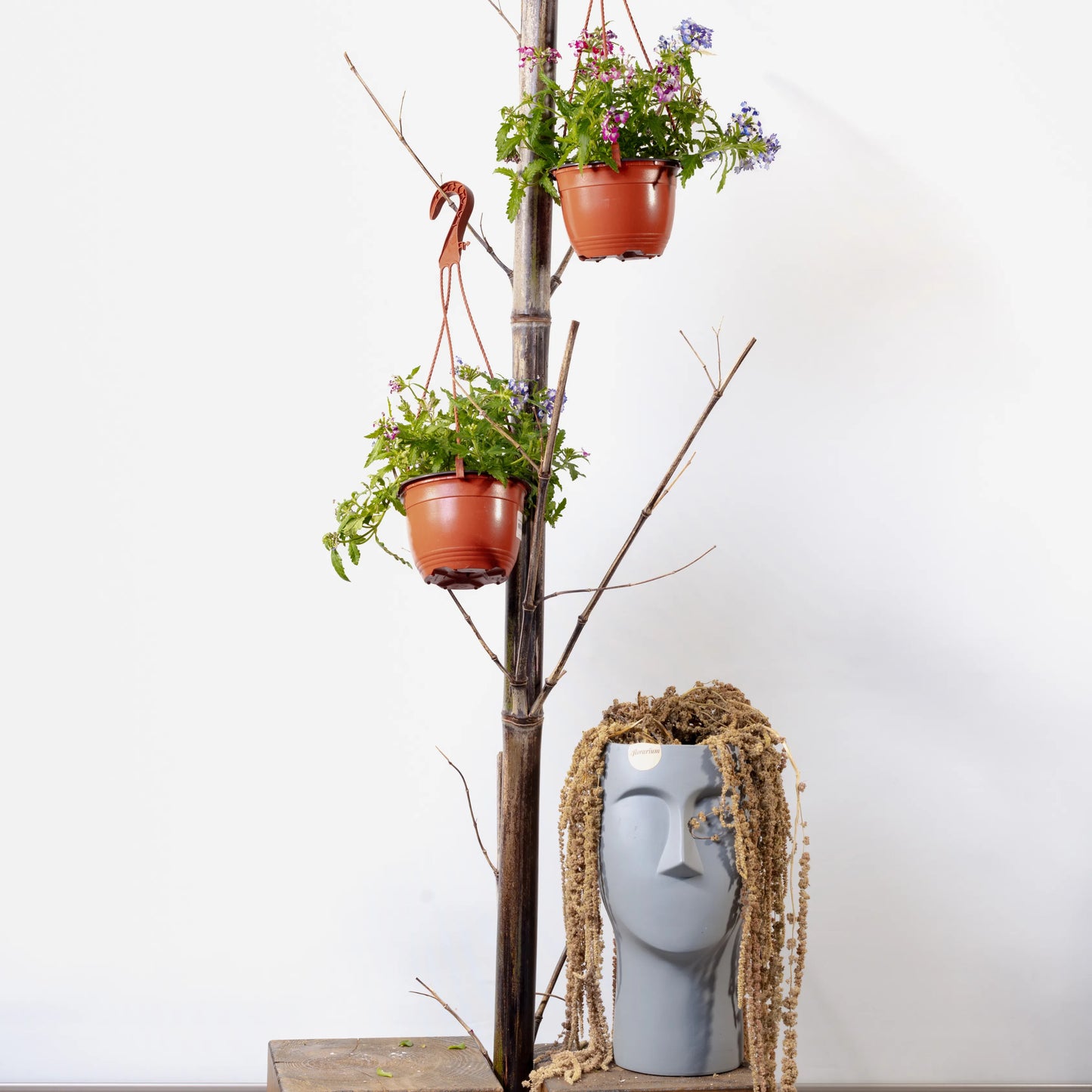
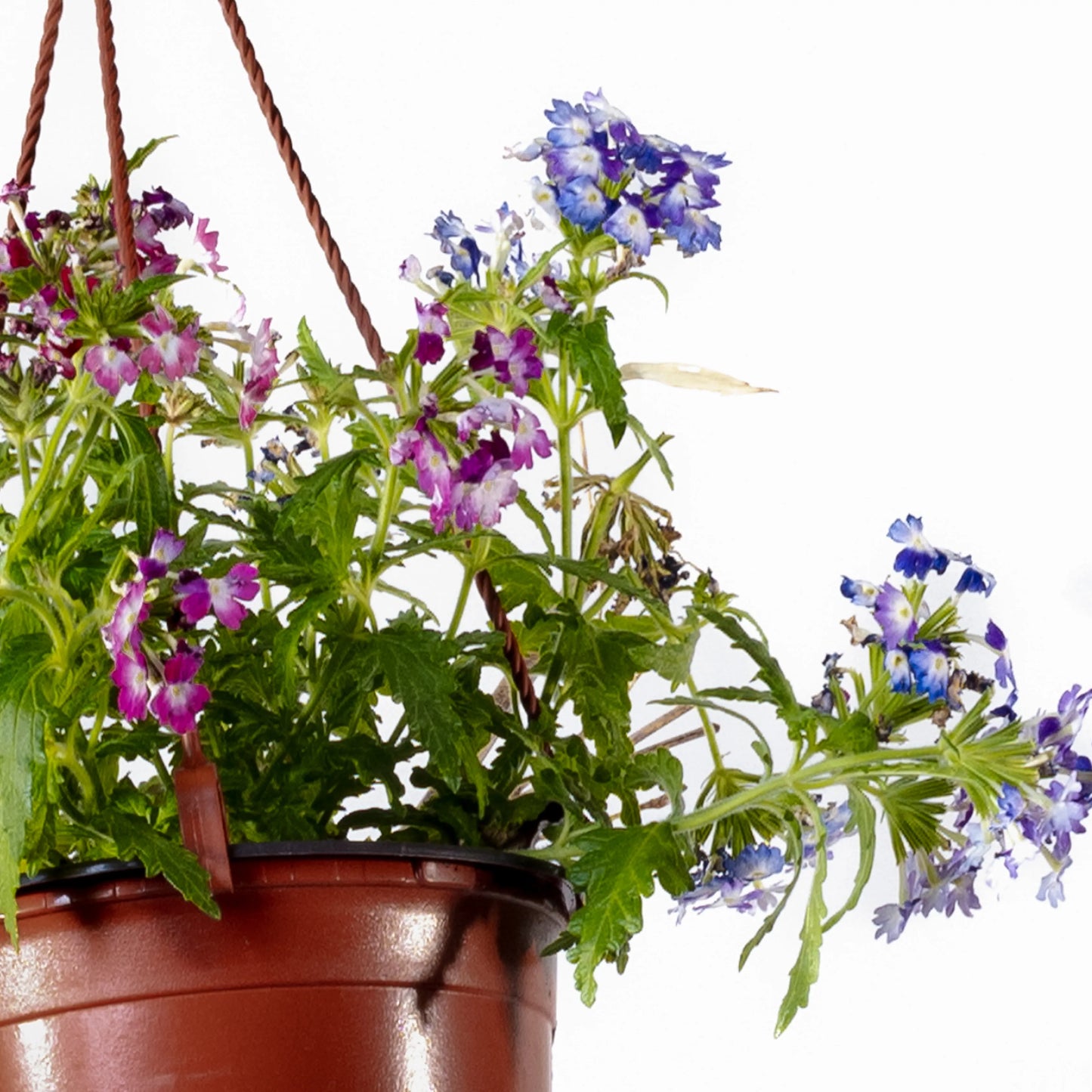
Other Information
For optimum growth, verbena benefits from balanced nutritional fertilizers applied bimonthly during the growing season, switching to high phosphorus fertilizers closer to the flowering stage to enhance flowering.

